The history of Australia starts from around 40,000 to 60,000 years ago or longer. The earliest conclusively human remains found in Australia are those of Mungo Man LM3 and Mungo Lady, which have been dated to around 50,000 years ago.

Aboriginal Australian is a collective term for all the indigenous peoples from the Australian mainland and Tasmania. This group contains many separate cultures that have developed in the various environments of Australia for more than 50,000 years
In a 2011 genetic study, researchers took a DNA sample from an early 20th century lock of an Aboriginal person’s hair with low European admixture. They found that the ancestors of the Aboriginal population split off from the Eurasian population between 62,000 and 75,000 BP, whereas the European and Asian populations split only 25,000 to 38,000 years BP, indicating an extended period of Aboriginal genetic isolation.
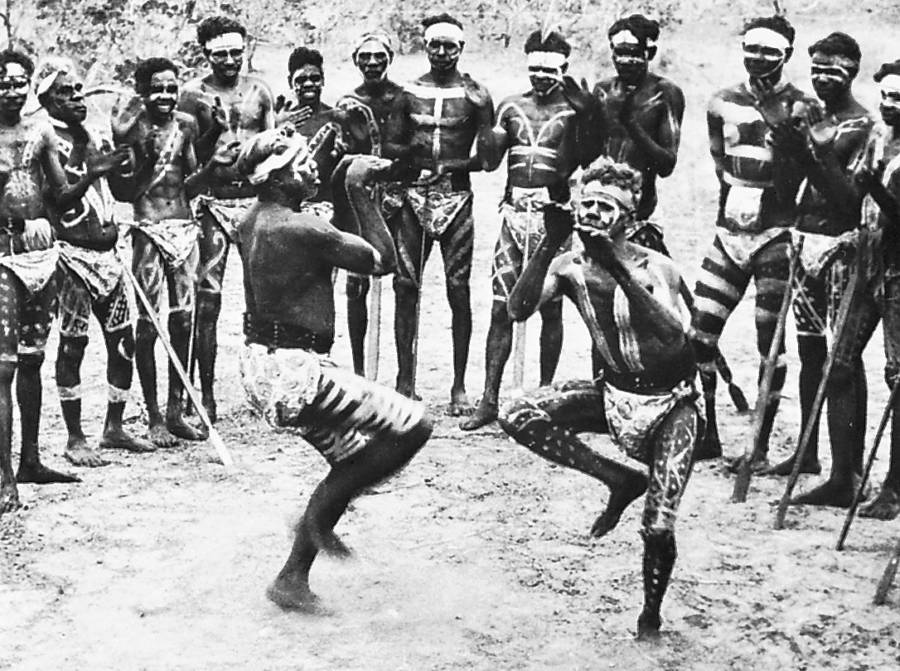
These Aboriginal ancestors migrated into South Asia and then into Australia, where they stayed, with the result that, outside of Africa, the Aboriginal peoples have occupied the same territory continuously longer than any other human populations. These findings suggest that modern Aboriginal peoples are the direct descendants of migrants who left Africa up to 75,000 years ago.
Dispersing across the Australian continent over time, the ancient people expanded and differentiated into distinct groups, each with its own language and culture. More than 400 distinct Australian Aboriginal peoples have been identified, distinguished by names designating their ancestral languages, dialects, or distinctive speech patterns.
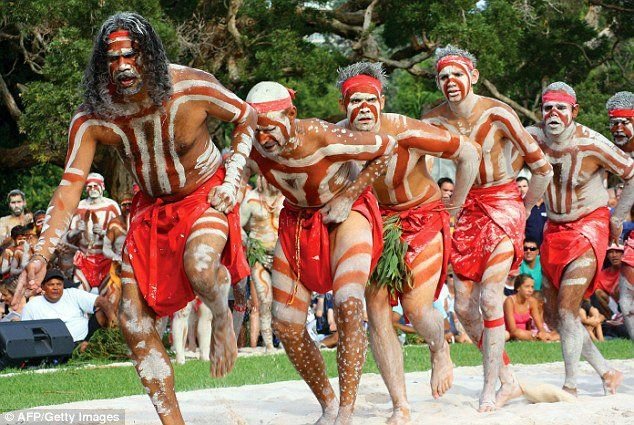
Historically, these groups lived in three main cultural areas, the Northern, Southern, and Central cultural areas. The Northern and Southern areas, having richer natural marine and woodland resources, were more densely populated than the Central area
Religion
Aboriginal religion, like other religions, is characterized by having a god or gods who created people and the surrounding environment during a particular creation period at the beginning of time. Aboriginal people are very religious and spiritual, but rather than praying to a single god they cannot see, each group generally believes in a number of different deities, whose image is often depicted in some tangible, recognizable form. This form may be that of a particular landscape feature, an image in a rock art shelter, or in a plant or animal form.
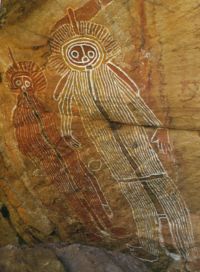
The Lightning Brothers in the Victoria River District, Northern Territory
http://www.aboriginalculture.com.au
Photo: David M. Welch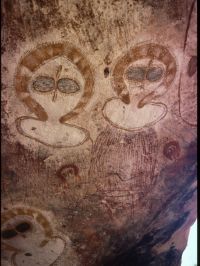
Wandjina bring the Wet Season rains to the people of the Kimberley
Photo: David M. Welch
Aboriginal people do not believe in animism. This is the belief that all natural objects possess a soul. They do not believe that a rock possesses a soul, but they might believe that a particular rock outcrop was created by a particular deity in the creation period, or that it represents a deity from the Creation Period.
They believe that many animals and plants are interchangeable with human life through reincarnation of the spirit or soul, and that this relates back to the Creation Period when these animals and plants were once people.
There is no one deity covering all of Australia. Each tribe has its own deities with an overlap of beliefs
Source: wikipedia, http://www.aboriginalculture.com.au


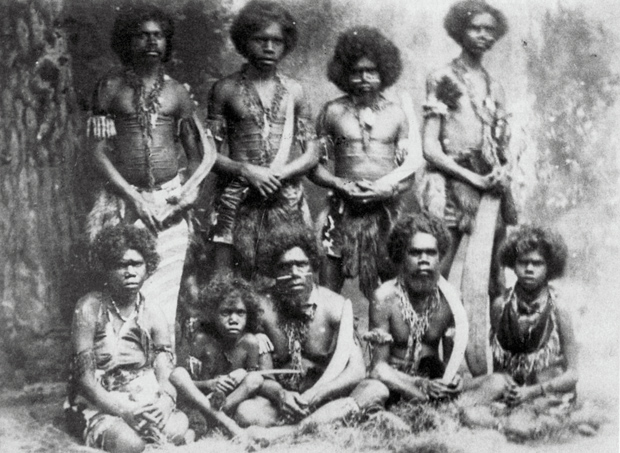
Comment here